Here’s a secret: Japan is a beautiful country no matter when you choose to visit. Every season and every month offer something special. In other words, it’s always the best period to go to japan.
That said, each time of the year provides a different experience. So if you have the flexibility to choose when to travel, I’ll give you all the information you need so you can decide what is YOUR ideal time to visit japan.
On a side note, this article is the very first one you should read when planning a trip to Japan. It is part of my series of articles designed to help you plan your perfect trip, covering all the basics. See also:
- Where to Stay in Tokyo: My Surprisingly Simple Advice
- 67 Unique Cultural and Traditional Things To Do in Japan
- Must-Eat Foods In Japan: The Ultimate Checklist For Completionists
Best Seasons to Visit Japan
If you have the chance to choose any season to visit Japan, here’s what you need to know. There are three main seasons you’ll want to consider:
Visit Japan for the Cherry Blossom Season
The most famous season for traveling in Japan is the cherry blossom season, known as sakura season. The sakura trees are in full bloom for only two weeks each year, around the end of March and the beginning of April. The weather is great, famous sightseeing spots become even more beautiful with the white-pinkish sakura blossoms, and some places that normally wouldn’t even make it to your list become must-sees during these two weeks.
However, the downside is the extra busy crowds. Expect huge crowds, not only from foreign tourists (many consider the cherry blossom as being the best time to visit Japan) but also from Japanese locals. Sakura season is one of the favorite times for locals, who have picnicked under the sakura trees since childhood, and love this tradition.
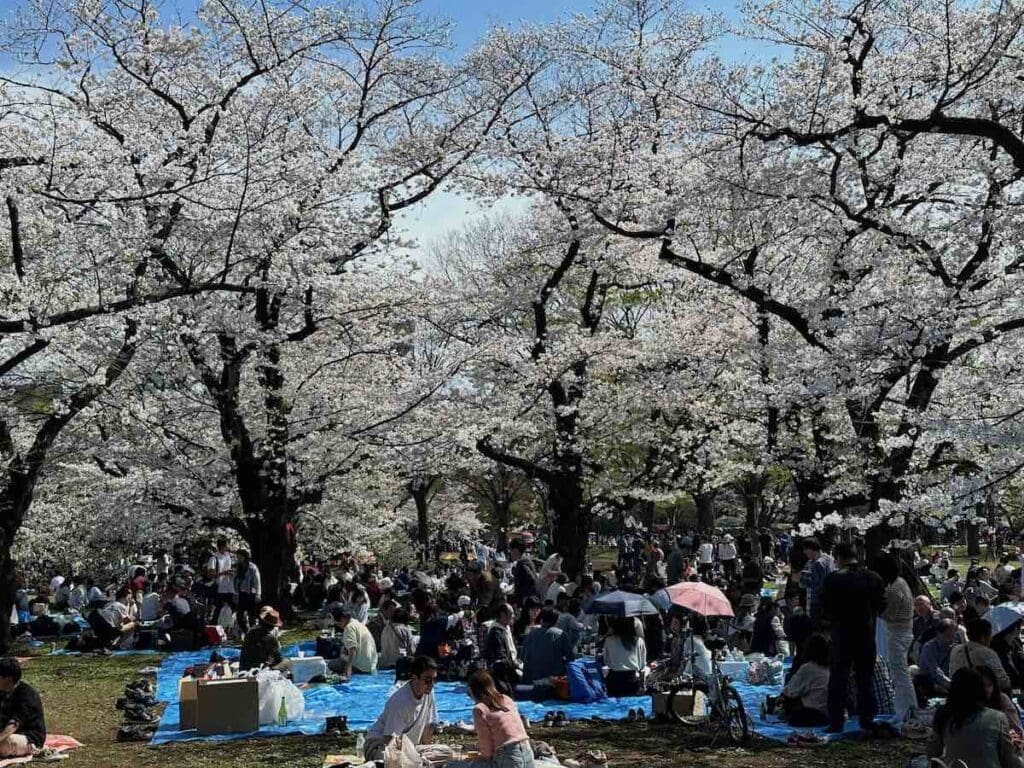
Summer Festivals and Fireworks
Another season to consider is summer. Now, summer in Japan is HOT, especially due to the high humidity. Standing outside for just a few seconds in July or August will make you feel like you need a shower.
But on the other side, summer is filled with traditional matsuri (festivals) and hanabi (fireworks). As with the sakura season, this is usually one of the locals’ favorite seasons. They get to dress up in yukata (a simple, light kimono), go to festivals with friends or family, enjoy street food, hear Japanese drums called taiko, and dance. If you watch anime, you’ve probably seen these scenes already as it’s a classic.
There are also many fireworks events, and Japan takes great pride in its fireworks, so the shows are long and beautiful. Again, expect huge crowds for these events. Talking from experience, if Google Maps tells you need one hour to go to the location, plan on two. The way back is usually worse as leaving the venue will take forever, and you’ll probably need to let a few trains pass before you’re able to squeeze into one.
Fall, Unbelievably Beautiful
The other season worth noting is fall. This is in fact my favorite season and the one I recommend the most.
Firstly, the weather in November and early December is perfect: not too hot, not too cold. You can stay outside all day without feeling uncomfortable, and it rarely rains, making it easy to plan day trips.
Secondly, fall colors in Japan are breathtaking. This season, known as kouyou or momiji, turns the leaves bright red, yellow, or orange. Like sakura season, famous sightseeing spots are completely transformed.
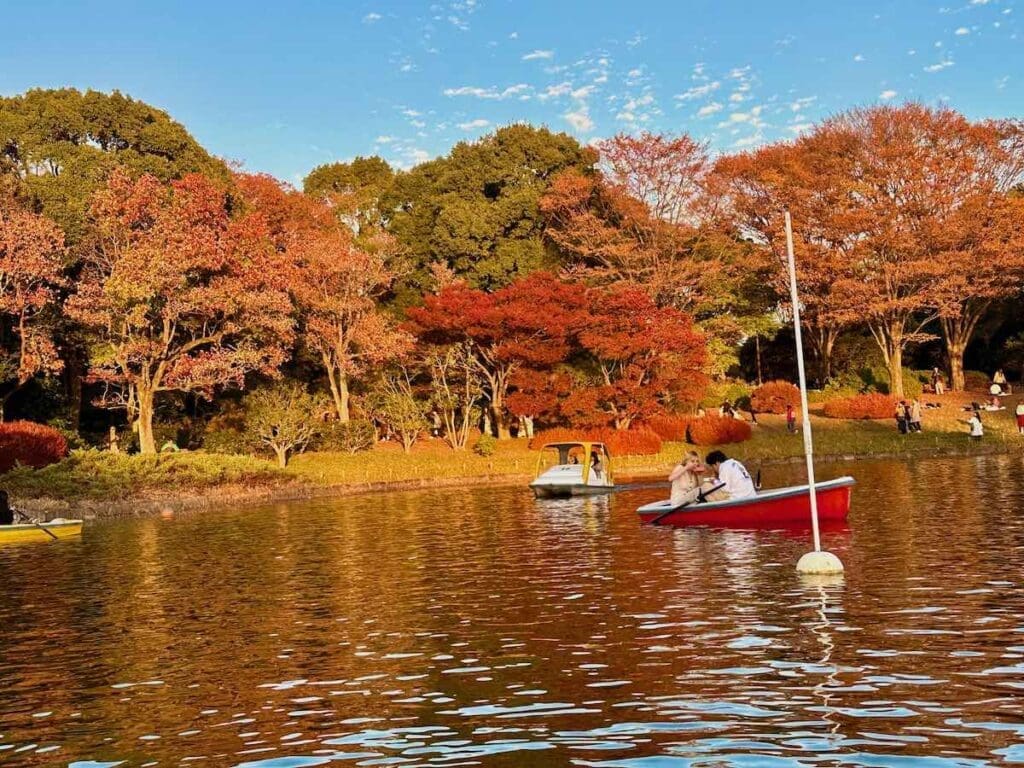
November and early December are lower-season months, so you won’t see as many tourists as in other months. There are also fewer locals, as this season is not as popular as sakura season.
The only downside is that you won’t see sakura trees.
The Four Worst Times to Visit Japan
Rainy Season
Although I love a good storm, one particular season I wouldn’t recommend is the rainy season. It’s called 梅雨 ‘tsuyu’ in Japanese and it happens every year for three weeks to a month around June or July. The weather becomes unpredictable, the sky turns grey, and it rains almost daily. Except for British people who might feel at home (sorry, not sorry:D), it makes any kind of planning difficult.
New Year
New Year might also not be the best time to visit Japan, as the whole country is usually on holiday. Many restaurants and shops will be closed, along with some sightseeing spots and other attractions. Locals typically go back to their hometowns to spend the holidays with their families, so the cities get less busy, which can be a good thing if you’re looking for a more relaxed time in Japan.
Golden Week
Golden Week is a week full of public holidays at the end of April and the beginning of May. It’s the biggest holiday season for Japanese people, so the shinkansen (bullet train) needs to be reserved in advance (instead of buying a ticket directly at the station on the day of the trip, as is usually the case), hotel prices increase, and sightseeing spots are packed with local crowds.

Obon
Similarly, Obon is a holiday period in mid-August. It’s not as popular as Golden Week as this holiday period is not mandatory (companies choose whether to close or not), but it still gets really busy. Combined with the heat, I recommend avoiding this period if possible.
Best Month to Travel to Japan
The number of foreign visitors in 2024 has exceeded records. And every month welcomes more foreign visitors than the previous one. And will likely only increase in 2025 and beyond. So note that what I refer as a low tourism months in the breakdown below will actually be busier than the busiest months in 2019 (which many already considered overcrowded). Each passing month might be your best chance to see Japan with as few tourists as there will ever be, barring another major event like COVID-19, a major earthquake, or another disaster.
Also, note that in terms of temperatures, I’m referring to Tokyo and Kyoto. Northern Japan will be much colder, while the southern regions will be warmer.
January
Usually considered a low-season month, January is slightly less busy than spring and summer. Temperatures are cold for Japan, but nothing too uncomfortable: around 5 degrees on average.
January is fairly uneventful, except for hatsumode during the first days of the year. Japanese people visit their local shrines to pray for good fortune. It’s a calm event, and you might not find it exciting if it’s not part of your culture. And temples you might want want to visit may be crowded with locals.
If you travel to northern Japan, you can enjoy beautiful snowy landscapes. Onsen (hot springs) are a must-visit in January, as you can soak in hot outdoor baths while enjoying the fresh air. It’s one of the best feelings in life.
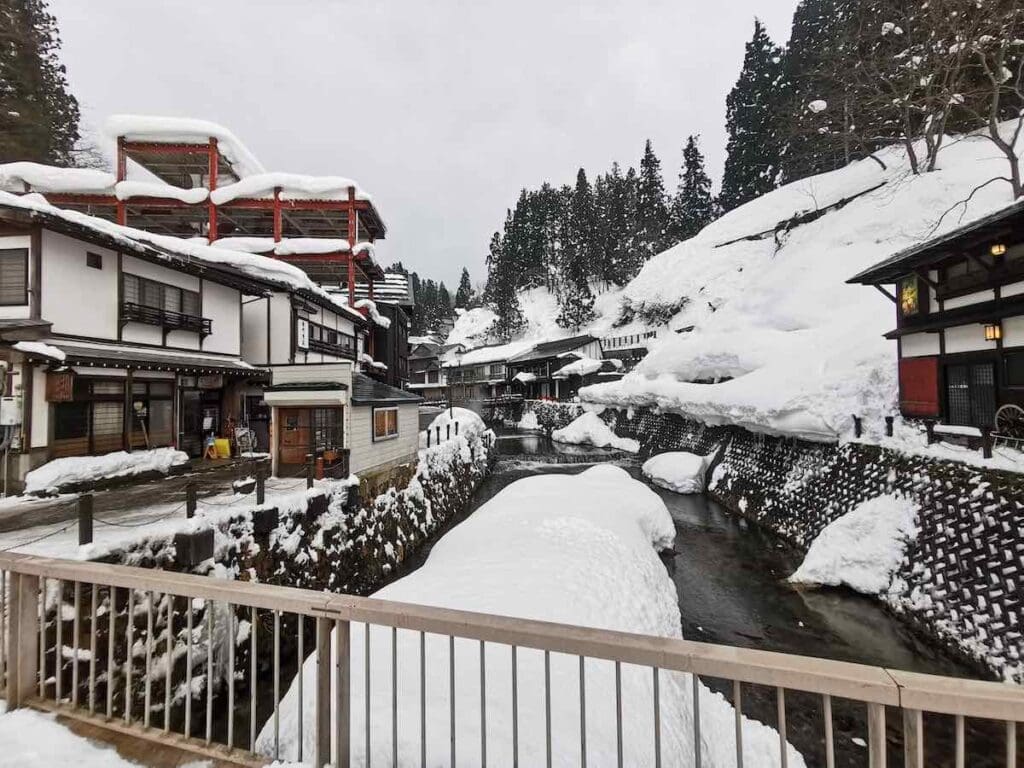
February
February is very similar to January, both in terms of temperature and things to do. It’s one of the calmer months.
It’s a month of transition between the cold months and March, when the sakura trees start to bloom. Usually nothing really exciting happens on that month, but if you’re into skiing then you might want to consider this month in particular (or January).
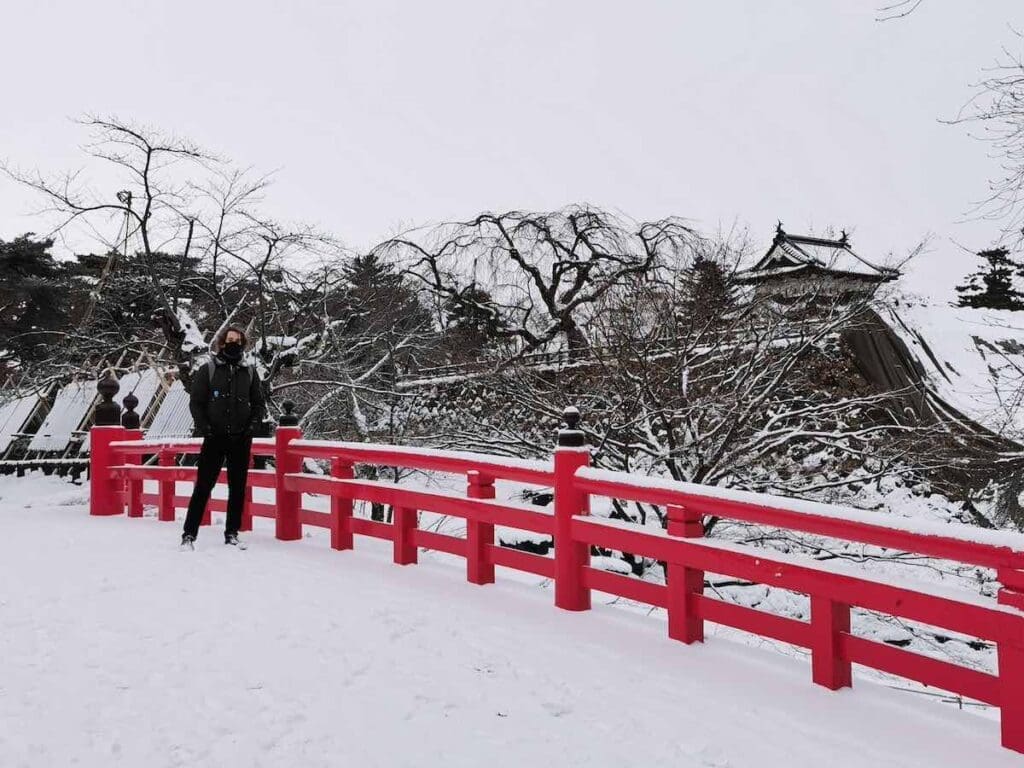
March
The temperature starts to warm up (between 10 and 15 degrees, or more on warmer days). The end of March signals the start of sakura season and the busiest tourism season.
If you come during the first three weeks of March, you won’t see sakura trees in full bloom unless you travel south to warmer places. You need to come in the last week to see them.
April
The first week of April is peak sakura season and very busy. The weather warms up, so you can go outside with just a t-shirt and a light jacket (15-20 degrees or more on average).
If you visit Japan in the last two weeks of April, you’ll need to go to northern Japan to see sakura trees in full bloom.
But beware that Golden Week, the busiest travel season for locals, starts at the end of April.
May
May’s temperature gets even warmer, around 20 degrees. In this regard, it’s probably the best month to visit along with October which has a similar temperature.
The first few days of May are part of Golden Week though. Hotels will be more expensive and harder to book, and shinkansen (bullet trains) will be full, requiring advance reservations.
The rest of the month is calmer though. Note that there are fewer foreign tourists in May than in April and June, making it an ideal month to visit before the temperature gets too hot.
June
June starts to get hotter, but the heat is comfortable (around 25 degrees). Along with March, April, and July, June is one of the busiest months for foreign tourists.
Rainy season usually begins this month, so get your rain gear ready, research indoor activities, and plan accordingly.
July
July is similar to June but much hotter. Humidity peaks (though not as much as in August) so even though the average temperature is around 28 degrees, it feels much hotter. You’ll sweat a lot.
Summer festivals and fireworks show start in the last two weeks of July, so if you’re traveling at that period it’s a chance to see this aspect of Japanese culture.
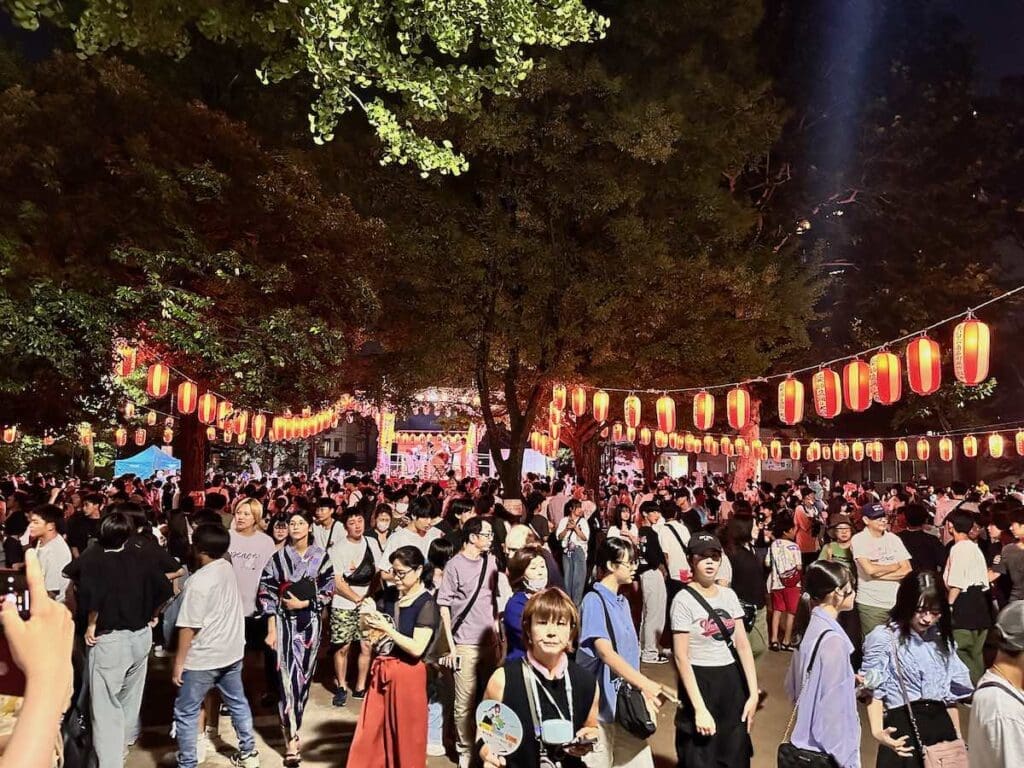
August
Hotter and more humid than July, August will make you sweat like never before. Temperatures usually reach 30-32 degrees, but recent years have seen highs of 38 degrees, making it a real challenge to step outside. And mission impossible to stay the whole day out.
Nights in Japan are also hot and humid, so don’t expect any relief. Fortunately for us or unfortunately for the environment, malls, stores, supermarkets, and hotels blast air conditioning.
In August you can hear the cicadas singing (again if you watch anime, you’ve probably heard that sound as it is a typical summer sound in Japan). And you’ll be able to attend many festivals and fireworks.
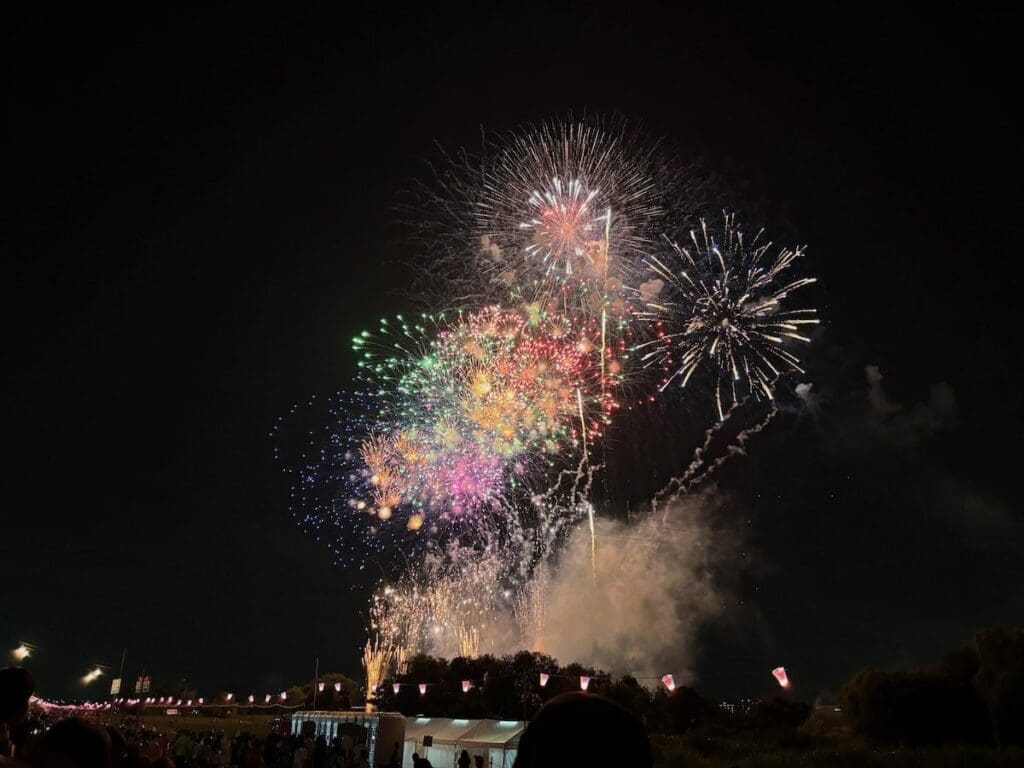
September
The first two weeks of September are still very hot and humid, similar to August. In the last two weeks though, the temperature starts dropping to around 26 degrees, making it more comfortable to be outside.
September is also usually the least busy month in terms of foreign tourist arrival. So if you want to avoid crowds, that might be one of your best choices.
Note that September is typhoon season, so you might encounter heavy rain. Typhoons are not your typical rainfalls though. Typhoons bring strong rain, and it’s better to stay indoors as umbrellas and rain clothes won’t be much help.
October
October is one of the best months in terms of temperature and weather, similar to May (around 20 degrees). Depending on how sensitive to cold you are, you might not even need a jacket at night until the last days of the month.
In October, stores and malls put up Halloween decorations, so the atmosphere is rather festive. The last few days of October celebrate Halloween, often just a good excuse for a party. You’ll see many parades, and in some areas, a lot of people partying and drinking in the streets. Shibuya was a huge party center for Halloween until 2019 when the municipality decided to prohibit drinking in the area due to misbehaviors the year before (some drunk partygoers flipped a small truck in the middle of the street just next to a police station).
The end of October also marks the start of momiji season, where leaves turn yellow, red, orange. It’s a beautiful sight, but I recommend covisiting in November or early December to fully enjoy it.
November
Temperatures get a little colder, slightly dropping during the month, from 18 to 13 degrees on average.
This is the real start of momiji season – the autumn leaves season – so take the opportunity to visit parks, nature, and temples as the landscapes are at their peak beauty.
December
The first half of December is similar to November, with momiji season still going on.
The second half is more Christmas-oriented. You’ll feel the Christmas spirit in Japan from November with decorations and Christmas songs, but it peaks in December.
Cities will have Christmas markets and illuminations, but expect huge crowds. I queued for almost two hours to get into a Christmas market in Yokohama in 2023, and the streets where there are illuminations are unbelievably busy. It’s like subway commuting in the morning.
After Christmas comes New Year period called 正月 (shougatsu). Many stores and restaurants will close during that period, so you might have fewer options than the rest of the year, and big cities might feel empty.
Conclusion: When Should You Visit Japan?
Do you have a favorite season in your home country? Chances are, this will also be your favorite season in Japan. And don’t worry if your only choice is to visit during the hot months of summer (you can always find a lot of indoor activities like these cultural experiences) or during the less eventful months like January or February. Japan has plenty to offer outside of the seasonal events. Actually, so much that you’ll likely need more than one trip to cover everything you want to do. Well, good excuse to experience different season!

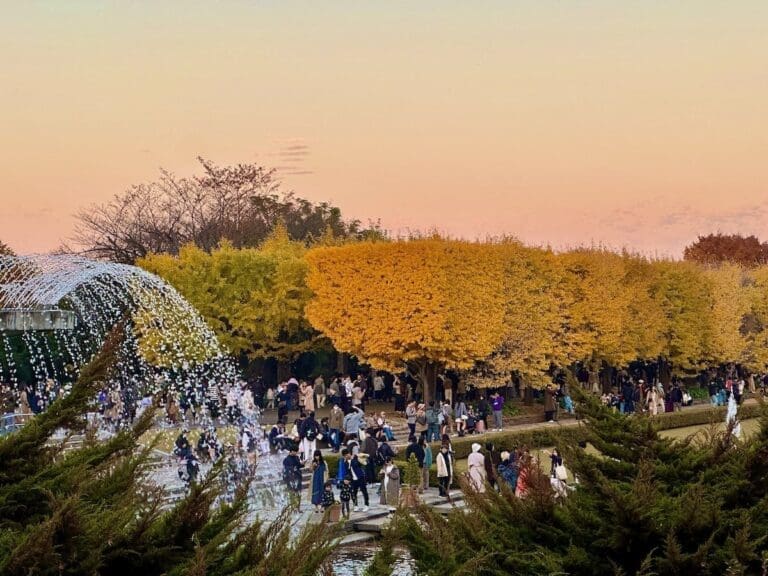
Comments are closed.